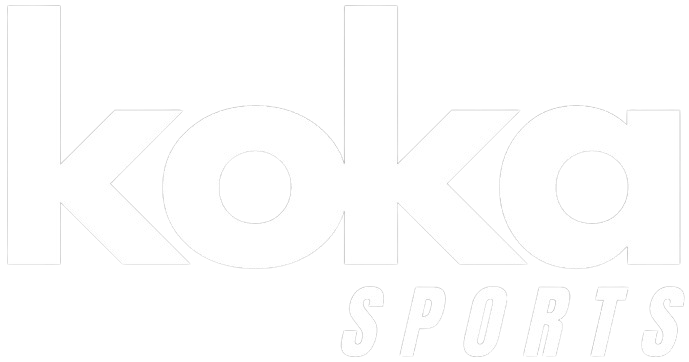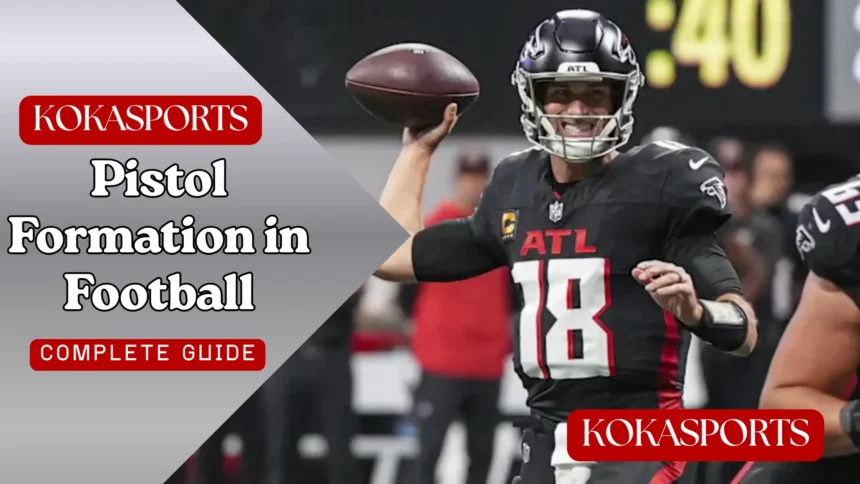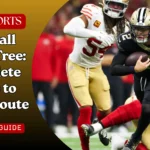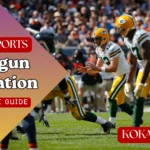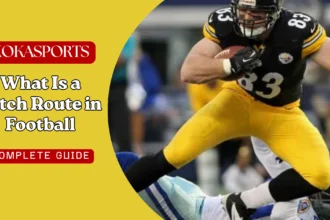The world of american football constantly evolves with innovative offensive schemes that give teams an edge over their opponents. Among these tactical developments, the pistol formation stands out as a brilliant compromise between traditional under-center setups and modern spread attacks. This base formation has revolutionized how football teams approach both their run game and pass game, creating a balanced threat that keeps defenses guessing on every snap.
What Is the Pistol Formation in Football?
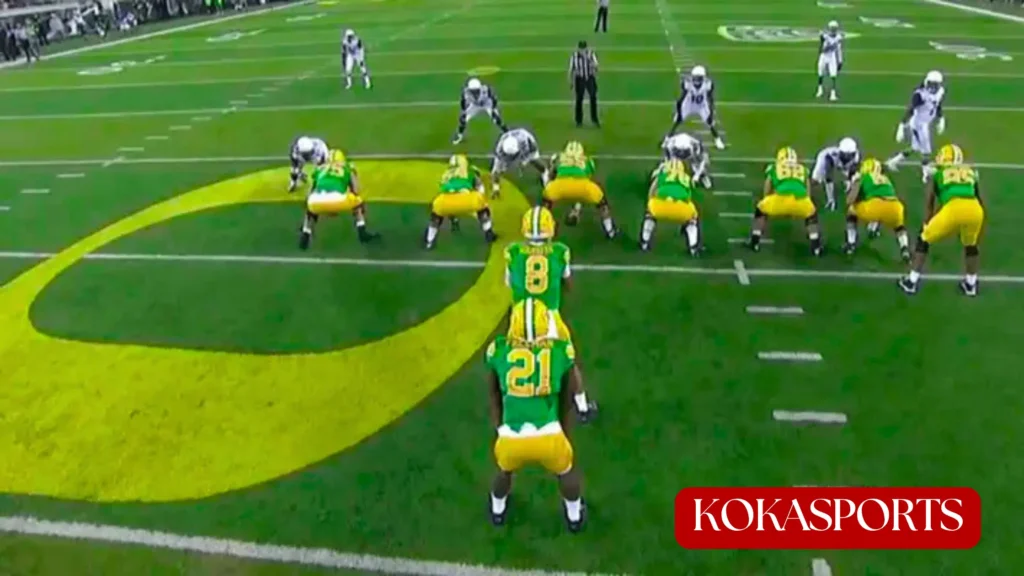
The pistol formation represents a strategic alignment where the quarterback lines up approximately four yards behind the center instead of directly under center or at the deeper shotgun depth of 7 yards. The running back positions himself directly behind the quarterback, typically at a depth of three yards or four yards from the line of scrimmage. This unique positioning creates a compressed backfield that combines the advantages of both shotgun and under-center looks.
The offensive line maintains standard spacing across the formation, while wide receivers and the tight end can align in various positions depending on the specific play call. What makes this setup special is how it creates natural running lanes while keeping the QB in a comfortable passing position. The rb receives the handoff moving downhill toward the line of scrimmage, similar to traditional I-formation runs, but the quarterback enjoys better vision of the defense like he would from shotgun set depth.
Coach Chris Ault from the University of Nevada Wolf Pack program invented this revolutionary concept in 2005. As head coach, Ault recognized that his team needed a way to run traditional power concepts while adapting to modern defensive speed. The result was the pistol offense, which quickly spread throughout college football and eventually into the NFL.
Read More: Football Route Tree: Complete Guide to Every Route
History and Evolution of the Pistol Formation
Nevada head coach Chris Ault developed the pistol concept out of necessity. His Wolf Pack teams faced faster, more athletic defenses that made traditional under-center offenses struggle. The shotgun and single back formations were growing popular, but Ault noticed they sacrificed some power running effectiveness. His solution placed the QB at intermediate depth—about 4 yards behind the center—with the running back behind him.
The formation gained national attention when quarterback Colin Kaepernick ran it to perfection at Nevada. Later, when Kaepernick joined the San Francisco 49ers, the pistol formation in football made its biggest NFL impact. The Atlanta Falcons, Baltimore Ravens, and Washington Football Team (with Robert Griffin III) also adopted pistol formation plays into their offensive schemes.
The formation’s evolution has been remarkable. Early versions focused primarily on power running, but modern implementations blend zone read concepts, RPO (run-pass option) elements, and sophisticated passing plays that make it a complete offensive scheme.
Key Advantages of the Pistol Formation
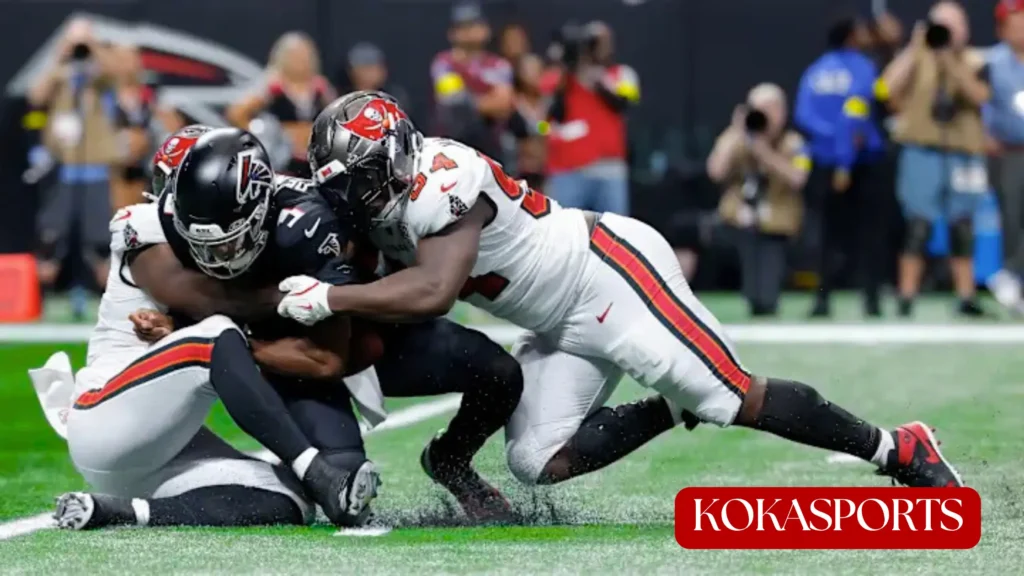
The pistol formation offers several tactical benefits that make it attractive to coaches at all levels:
Enhanced Vision for the Quarterback
Unlike under-center setups where the QB turns his back to the defense, the pistol keeps the qb facing forward at the snap of the ball. This positioning allows him to read the defense more effectively during pre-snap reads and immediately after the snap. The quarterback can identify blitzing linebackers, recognize coverage rotations, and adjust protection schemes without losing sight of defensive movements.
Improved Running Back Mechanics
The running back lines up directly behind the qb rather than beside him as in traditional shotgun formation alignments. This positioning enables the rb to receive the ball moving forward toward the point of attack, creating more powerful, downhill running game opportunities. The running back behind the quarterback can read blocks developing in front of him while maintaining forward momentum.
Balanced Offensive Threat
Defenses struggle against the pistol because it creates equal threats in all directions. Run plays can attack left, right, or up the middle with equal effectiveness. Play action passes become more dangerous because defenders must respect the authentic run play threat. The formation naturally disguises the direction of the play until after the snap.
Simplified Footwork and Timing
For younger players and developing quarterbacks, the pistol simplifies footwork compared to deeper shotgun depths. The QB takes a shorter, more compact drop for passing plays, which speeds up his delivery. The reduced distance between the qb and offensive linemen improves pass protection timing and makes it easier for inexperienced blockers to maintain their assignments.
Pistol Formation vs Shotgun Formation: Critical Differences
Many fans and coaches wonder about the difference between shotgun and pistol formation setups. While both move the quarterback away from center, their strategic purposes differ significantly.
| Feature | Pistol | Shotgun |
|---|---|---|
| QB Depth | 4 yards | 5-7 yards |
| RB Alignment | Behind QB | Beside QB |
| Run Game Style | Downhill power | Zone/stretch |
| Read Speed | Medium | Fast |
| Vision | Excellent | Excellent |
| Pass Protection | Good | Better |
The traditional shotgun places the quarterback at five yards to 7 yards depth, creating more space for passing plays but spreading the backfield horizontally. In shotgun vs pistol formation debates, the key distinction lies in running back positioning. The shotgun formation typically places the rb beside the quarterback, making inside runs more challenging and reducing power running effectiveness.
The pistol formation vs shotgun comparison reveals different philosophical approaches. Teams favoring outside zone schemes and quick-hitting passes prefer shotgun alignments. Squads that want to maintain downhill running power while keeping spread passing options choose the pistol.
Common Pistol Formation Plays and Concepts
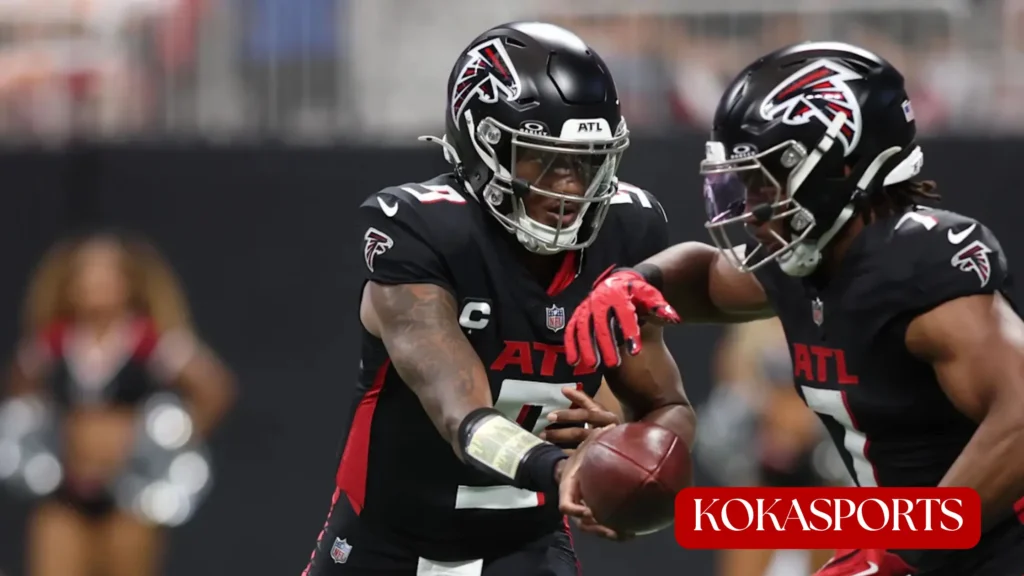
The pistol offense playbook contains numerous plays that exploit its unique geometry:
Inside Zone Running
The inside zone represents the foundation of most pistol offenses. The offensive line blocks zone principles, creating horizontal displacement along the line of scrimmage. The running back reads the backfield blocks and cuts to open lanes. This play attacks quickly and efficiently, keeping linebackers from flowing too aggressively.
Power Series and Counter Plays
The pistol formation power series brings traditional I-formation power to modern football. The offensive coordinator can call power, counter, and iso plays that feature a pulling lineman or lead blocker attacking specific gaps. These concepts create explosive runs that move the chains and control games.
Play-Action Passing
The pistol makes play-action passes devastatingly effective. Because the run play threat is so authentic—with the running back moving behind the qb toward the line—defensive backs and linebacker units often bite on fakes. This creates openings downfield for receivers running vertical routes or crossing patterns.
Zone Read and RPO Concepts
Modern pistol formation plays integrate read-option concepts where the QB makes split-second decisions based on how the defensive end reacts. The zone read option allows the quarterback to either hand off or pull the ball and run himself. These plays are particularly effective when teams have mobile quarterbacks who can threaten defenses with their legs.
Installing the Pistol in Your Offensive System
For youth football coaches and high school staffs looking to incorporate the pistol, the installation process requires attention to specific details:
Quarterback Development
The qb must master receiving snaps at pistol depth—typically yards behind the center at the 4 yards mark. This distance is shorter than traditional shotgun but deeper than under-center. The quarterback needs consistent practice taking snaps at this specific depth to develop reliable mechanics.
Running Back Alignment and Reads
The running back positions himself directly behind the quarterback at a distance that allows proper mesh timing. Too close, and he arrives at the mesh point too quickly. Too far behind the qb, and he loses momentum before receiving the ball. Most coaches place the rb at yards directly behind the QB’s heels, typically three yards from the line.
Mesh Point Timing
The exchange between quarterback and running back requires precise timing. The handoff occurs as the rb approaches the QB from behind the line. Unlike shotgun set exchanges that happen beside the quarterback, the pistol creates a more traditional handoff path that young players often find more natural.
Real-World Success Stories
The San Francisco 49ers under offensive coordinator Greg Roman demonstrated how the pistol formation could dominate NFL defenses. With Kaepernick at quarterback, they reached the Super Bowl running a pistol-heavy entire offense that kept opponents off-balance. Their success showed how the formation works at football’s highest level.
At the college football level, Nevada’s Wolf Pack revolutionized the game. Head coach Chris ault built an offensive scheme that allowed his teams to compete with more talented opponents by maximizing efficiency and creating schematic advantages. His innovation proved that smart coaching and innovative formations could overcome talent disparities.
The Future of the Pistol in Modern Football
The pistol continues evolving as coaches blend it with spread offense concepts and modern RPO schemes. While not every team runs it as their primary formation, most football coach staffs incorporate pistol elements into their playbooks. The formation’s ability to threaten defenses both vertically and horizontally makes it a valuable tool.
The pistol also allows flexibility in personnel groupings and formations. Teams can run it with multiple tight ends for power football or spread receivers wide for passing attacks. This versatility ensures the pistol formation remains relevant as football continues evolving.
Conclusion
The pistol formation represents one of football’s most clever innovations, bridging traditional power running with modern spread concepts. From coach Chris Ault‘s initial designs at Nevada to its widespread adoption across professional and amateur football, the pistol has proven its worth as a tactical weapon. Whether you’re a football coach installing it for the first time or a fan wanting to recognize it on game day, this formation offers endless strategic possibilities that keep defenses guessing and offenses thriving.
FAQs
What is pistol formation in football?
The QB lines up 4 yards behind center with the running back directly behind him.
What is the gun formation in football?
The shotgun formation places the QB 5-7 yards deep with the RB beside him.
What is the weakness of the pistol offense?
Reduced RB visibility and less effective for pure drop-back passing.
Which formation only has 1 te?
Most spread formations including pistol and shotgun sets use one tight end.
What is a pistol formation in football?
An offensive alignment with the QB at 4 yards depth and RB behind him.
What’s the difference between shotgun and pistol formation?
Shotgun has deeper QB depth (5-7 yards) with RB beside, pistol has shallower depth (4 yards) with RB behind.
Who invented the pistol formation?
Nevada head coach Chris Ault created it in 2005.
Why do teams use the pistol formation?
It creates balanced run-pass threats with powerful downhill running and clear QB vision.
